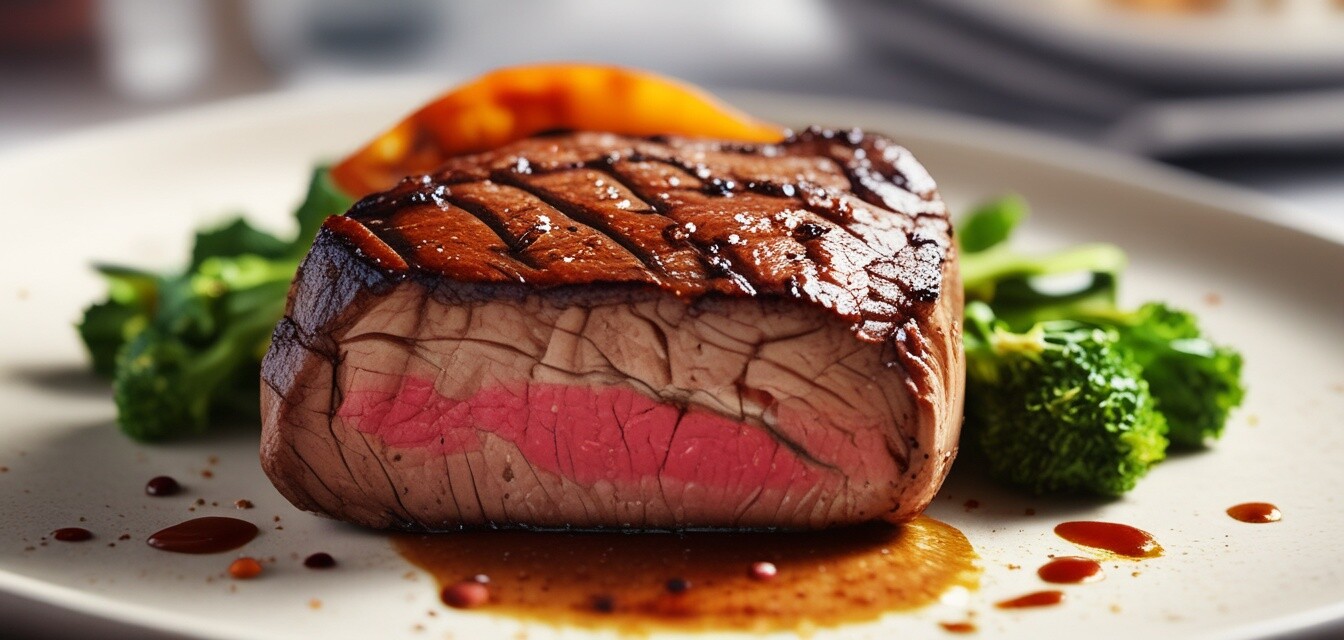
Understanding the Maillard Reaction in Cooking
Key Takeaways
- The Maillard reaction is a chemical reaction between amino acids and reducing sugars that gives browned food its distinctive flavor.
- It plays a crucial role in developing complex flavors and aromas in various culinary dishes.
- Temperature and time are essential factors in facilitating the Maillard reaction.
- Different cooking methods, such as roasting and grilling, can enhance this reaction.
- Understanding the Maillard reaction can elevate your cooking and improve meal presentation.
The Maillard reaction is one of the most important processes in cooking. It’s what gives many foods their unique flavor and color, enhancing the overall taste experience. In this article, we'll delve into the science behind this fascinating reaction, explore its impact on cooking techniques, and provide tips on how to make the most of it in your kitchen.
What is the Maillard reaction?
The Maillard reaction occurs when proteins (amino acids) and sugars react under heat, creating complex compounds that contribute to flavor and color. This process is named after the French chemist Louis-Camille Maillard, who first described it in the early 20th century. It’s a form of non-enzymatic browning, distinct from caramelization, which involves sugar alone.
Why is the Maillard reaction important?
The Maillard reaction is essential in creating the rich, savory flavors found in cooked foods. This reaction is responsible for the browning of roasted meats, baked goods, and even the delicious crust on toasted bread. When the reaction occurs, it not only changes the color of food but also enhances its taste, making meals more appetizing.
Factors influencing the Maillard reaction
Understanding the factors that influence the Maillard reaction can help you optimize flavors in your culinary creations. Here’s a breakdown of the primary elements:
| Factor | Impact on Maillard Reaction |
|---|---|
| Temperature | Higher temperatures accelerate the reaction, producing more pronounced flavors and browning. |
| pH levels | A more alkaline environment enhances the reaction, leading to deeper flavors. |
| Time | A longer cooking time allows for more extensive flavor development. |
| Moisture content | Reduced moisture levels favor the Maillard reaction. Dry cooking methods, such as roasting, are ideal. |
| Type of food | Foods with higher protein and sugar content yield better results in terms of flavor and browning. |
Common cooking methods that utilize the Maillard reaction
Several cooking methods can effectively create the Maillard reaction in food. Here are some popular techniques:
- Grilling: Direct heat creates a robust flavor and perfect crust.
- Roasting: High heat allows for significant browning and depth of taste.
- Searing: Quickly browning the surface of meats locks in juices and enhances flavor.
- Baking: Produces the Maillard reaction in bread and pastries for delicious crusts.
- Frying: Cooking in oil achieves a rapid browned exterior and moist interior.
Explore more about various cooking techniques in our Cooking Tips & Techniques section to enhance your culinary skills.
How to optimize the Maillard reaction in your cooking
To truly harness the power of the Maillard reaction, follow these tips:
Tips for optimizing the Maillard reaction
- Preheat your cooking surface or pan to ensure a proper sear.
- Use dry ingredients and equipment to reduce moisture during cooking.
- Add a pinch of sugar to enhance browning when necessary.
- Consider marinating meats with high-sugar content for improved flavor.
- Experiment with different cooking methods to find what works best for your dishes.
Frequently asked questions
What factors contribute to the Maillard reaction?
Factors include temperature, pH levels, moisture content, type of food, and the duration of cooking.
Can the Maillard reaction occur in the oven?
Yes! Baking, especially at high temperatures, can promote the Maillard reaction effectively.
Is browning always a sign of the Maillard reaction?
Not necessarily. Browning can also result from caramelization, which only involves sugar.
Conclusion
The Maillard reaction is a fundamental component of creating delectable dishes with rich flavors and appealing colors. By understanding how this reaction works and applying the right techniques in the kitchen, you can elevate your cooking skills and impress your family and friends with delicious meals. For further insights and techniques, explore our Cooking Buying Guides, where you can find valuable information to enhance your cooking experience.
Pros
- Enhances flavor complexity in dishes.
- Creates appealing colors and textures.
- Can be achieved with various cooking methods.
Cons
- Requires careful temperature control.
- Too high of a temperature can lead to burnt flavors.
- Not all foods benefit from browning.